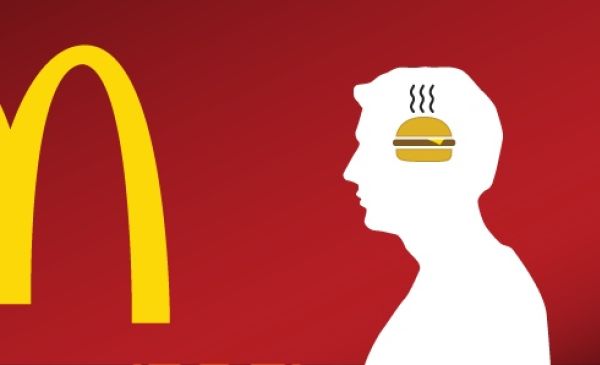
Earlier this year I decided to ride the London Eye. It was busy – so busy that the line of people to purchase tickets snaked out of the ticketing room and onto the street overlooking the Thames. In an attempt to manage the line, the Eye’s management had constructed a queuing system using barriers. Staff informed customers as they joined the queue that to reduce its length, only one member of each family group could stand in line. The rest of the group would have to wait outside for the 25 minutes it was going to take to get to the end of the line and buy tickets.
And that is how I spent part of my weekend – shuffling sadly along airport-style queueing lanes as part of an army of separated fathers, husbands and boyfriends. Occasionally a child or mother would visit the line and enquire on the progress being made. One husband and wife took turns to queue while the other watched over their four children.
Intriguingly, all of this happened in direct association with British Airways, the Eye’s sponsor at the time. The BA logo hovered conspicuously overhead throughout this sombre experience. In direct contrast to BA’s TV campaign, in which a family is united by the airline, this BA experience was all about separation. While BA’s sponsorship of the attraction was an attempt (for the most part successful) to associate its brand with Britain, entertainment and the 21st century, my queuing experience – which took longer than my trip on the Eye – created an entirely different brand experience. It bracketed BA with the inane systems, dislocation and pointlessness I associate with all air travel.
There is a tendency toward brand myopia among brand managers. They see only the big brand strategies they commission and ignore the everyday experiences that actually constitute the brand from a consumer’s perspective.
Brand myopia explains how BT can spend millions on advertising each year to build its brand and yet allow its phone boxes in major cities to remain inexcusable portals for disgusting pornography.
It also explains how HSBC, the world’s local bank, can run a brilliant communication campaign to attract consumers who value internationalism, and then put a stop on my credit card, leaving me stranded in Morocco.
I had used the card in three different countries in two days, leading the bank to suspect that my card was being used in an ‘unusual manner’.
Brand myopia can only be cured when brand managers stop looking at branding as what they do to the consumer from the 30th floor of HQ and spend some time in the shoes of the customer. Only here can they experience the brand – not as it was intended, but in the ambiguous, contradictory, unfortunate manner in which it is experienced.
The vast majority of brand managers are much more comfortable in the presence of advertising agencies than with their customers. If they do listen to consumers, it is usually in the anodyne, antiseptic environment of the focus group, hidden behind one-way glass.
In marketing we seem to spend our lives discussing how we can get into the boardroom. Brand managers should drop this lofty, unrealistic goal and aim much lower. They should spend some time with their customers in the places and spaces where they experience the brand.
Let accountants run your company; you have a more important job to do.
When was the last time you spent a day in the life of your customer?
Courtesy of Marketing Magazine
The Blake Project Can Help: The Brand Positioning Workshop
Branding Strategy Insider is a service of The Blake Project: A strategic brand consultancy specializing in Brand Research, Brand Strategy, Brand Licensing and Brand Education





One comment
Gabriel Rossi
December 5, 2008 at 1:08 pm
Congratulations on the post. I consider this blog one of my favorites. 🙂
Anyway, my feeling is that many Marketers, unfortunately, chose not to read the book which represents the beggining of Modern Marketing (The Practice of Management- Drucker- 1954). Perhaps, they’ve learnt that the only reason for any company or brand to exist is to organize itself based on consumer’s needs and perspectives.
BT is just one example of Marketing Schizophrenia. What about GM? They were the first company to apply Drucker’s thoughts! However, gradual brand myopia and massive extension lines just killed the brand. Too bad.
I also think it is funny when some people evangelize that consumers have finally taken control of brands… Great Brands ALWAYS knew consumers are in control.
Thank you. Great post!
Gabriel Rossi- Brazil
Comments are closed.